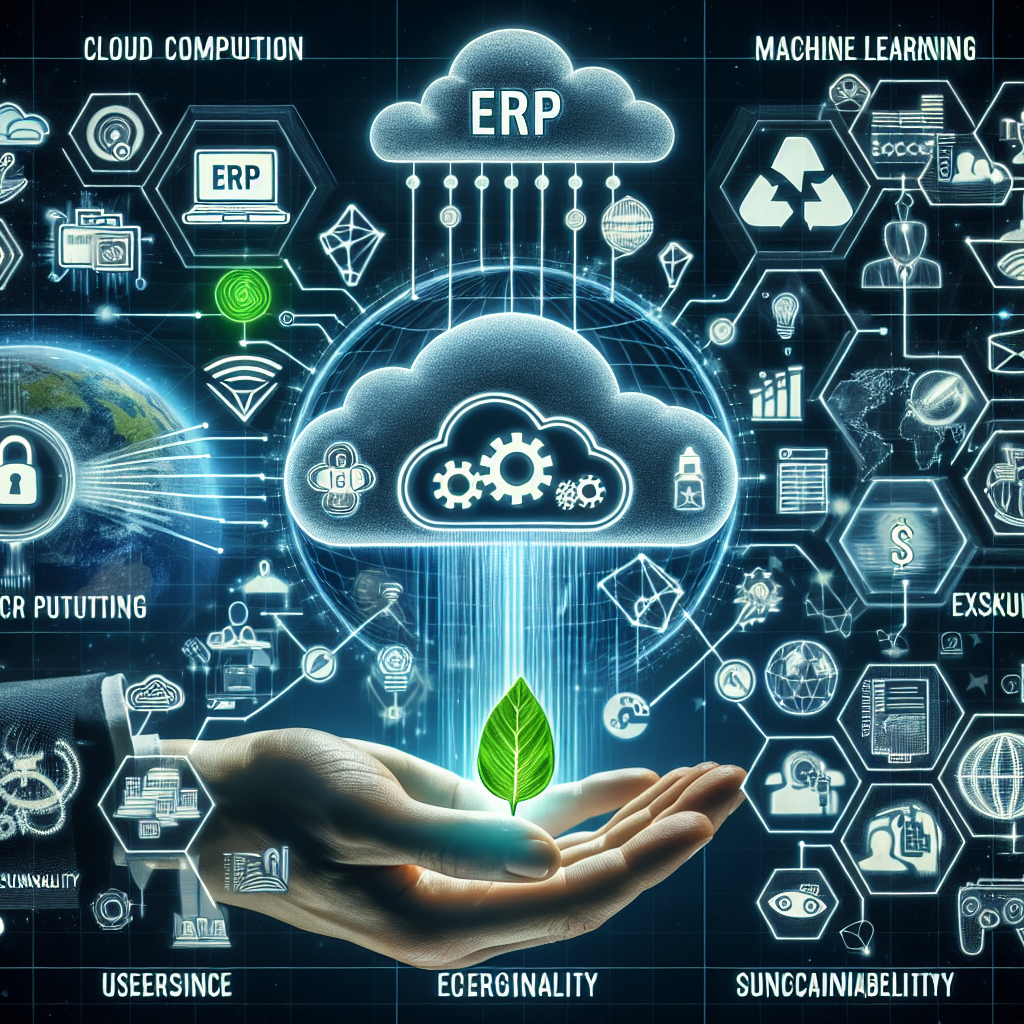Enterprise Resource Planning (ERP) systems have evolved significantly over the past few years, and 2024 promises to be no exception. As businesses strive to adapt to a rapidly changing technological landscape, several emerging trends are poised to redefine ERP systems, making them more robust, versatile, and indispensable.
1. Cloud-Based ERP Solutions
Cloud-based ERP solutions continue to gain traction, driven by the desire for scalability, flexibility, and lower upfront costs. The shift towards SaaS (Software as a Service) models allows organizations to avoid hefty capital expenditures on infrastructure. According to a recent study, the global cloud ERP market is expected to reach $37.7 billion by 2024, reflecting a growing preference for cloud-based solutions.
2. Integration of Artificial Intelligence and Machine Learning
Artificial Intelligence (AI) and Machine Learning (ML) capabilities are being increasingly integrated into ERP systems. These technologies enable predictive analytics, automated decision-making, and improved data insights. For instance, AI-driven chatbots can enhance customer service interactions, while ML algorithms can optimize supply chain management. Expect AI and ML to become standard features in modern ERP systems.
3. Enhanced Cybersecurity Measures
As cyber threats become more sophisticated, securing ERP systems has become a top priority. Companies are investing in advanced cybersecurity measures, including multi-factor authentication (MFA), encryption, and real-time threat monitoring. Compliance with data protection regulations such as GDPR and CCPA is also a key focus. ERP vendors are expected to offer more robust security features to protect sensitive business data in 2024.
4. Increased Focus on User Experience (UX)
A seamless user experience is no longer a luxury but a necessity. ERP vendors are prioritizing intuitive interfaces, mobile accessibility, and personalized dashboards to enhance user satisfaction and productivity. With more employees working remotely, the demand for mobile-friendly ERP solutions that provide real-time access to critical business data is on the rise.
5. Sustainability and Green ERP
Sustainability is at the forefront of business strategies in 2024. Companies are looking for ERP solutions that support environmental, social, and governance (ESG) criteria. Green ERP systems help organizations monitor their carbon footprint, optimize resource usage, and streamline sustainability reporting. This trend is expected to grow as businesses seek to meet their sustainability goals.
6. Growing Relevance of Industry-Specific ERPs
ERP systems tailored to specific industries are gaining popularity. These solutions offer specialized functionalities that cater to the unique needs of sectors like manufacturing, healthcare, and retail. Industry-specific ERPs reduce the need for extensive customization and provide quicker implementation times. In 2024, expect to see more vendors developing niche ERP solutions.
As we move through 2024, the ERP landscape will continue to evolve, driven by advancements in technology and changing business requirements. Organizations that stay ahead of these trends will be better positioned to leverage their ERP systems for increased efficiency, agility, and competitiveness.
Estimated reading time: 2 minutes, 18 seconds
ERP Trends to Watch in 2024: The Future of Enterprise Resource Planning Featured
 Discover the top ERP trends for 2024, including cloud-based solutions, AI and ML integration, enhanced cybersecurity, improved user experience, sustainability, and industry-specific ERPs.
Discover the top ERP trends for 2024, including cloud-based solutions, AI and ML integration, enhanced cybersecurity, improved user experience, sustainability, and industry-specific ERPs.
Latest from ERP Global Insights
- Navigating the Digital Transformation Wave with ERP Systems
- Navigating the ERP Evolution: A Closer Look at Integration Trends
- ERP Systems Evolve: The Rise of Sustainability Integration
- The Rise of Cloud ERP Solutions: Transforming Business Operations
- Navigating the Green Transition: ERP Systems Pave the Way
Most Read
-

-
May 22 2017
-
Written by mark
-
-

-
May 19 2021
-
Written by BobWScott
-
-

-
May 22 2017
-
Written by BobWScott
-
-

-
May 25 2016
-
Written by mark
-



